2023
The Community Baboon Sanctuary and the CBS Women’s Conservation Group – Working to Protect the Belizean Forest
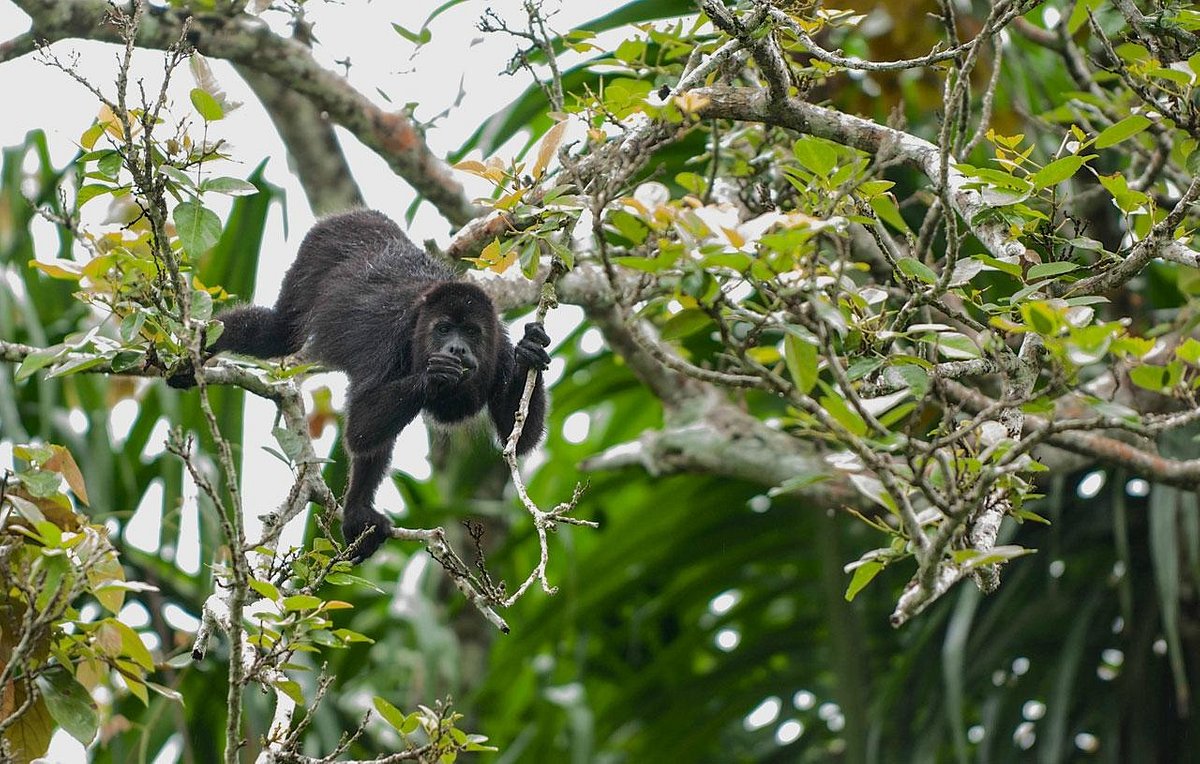 Howler monkey population over 6,000 currently. (Photo © Trip Advisor)
Howler monkey population over 6,000 currently. (Photo © Trip Advisor)
June 2, 2023 by D. Arzu, WCS Belize (Published - Amandala Newspaper)
The Community Baboon Sanctuary, CBS for short, has been a household name in Belize for over 30 years. A protected area established in 1985 and known -for conservation of the black howler monkeys and created to help address the threats of unsustainable agriculture practices and logging. Founded by primatologist Dr. Robert Horwich, and local landowner, Fallet Young, and twelve other landowners, with five main goals, education, conservation, community development, ecotourism, and research. The CBS encompasses seven communities including St. Paul’s Bank, Willows Bank, Double Head Cabbage, Bermudian Landing, Isabella Bank, Scotland Halfmoon, and Flowers Bank. Read More
Human Resources, Capacity-building, and Research Can Ensure Sustainable Forests in Belize
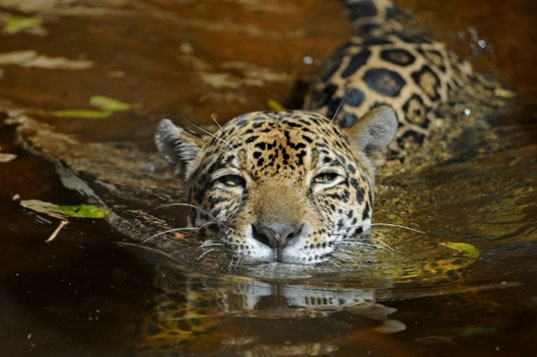 Jaguars are very good swimmers. (Photo ©J.Larsen Mahler/WCS
Jaguars are very good swimmers. (Photo ©J.Larsen Mahler/WCS
June 23, 2023 by D. Arzu, WCS Belize (Published - Amandala Newspaper)
Belize has amazing examples of sustainable forest practices. Some recent successful forest management initiatives have occurred within the Maya Forest Corridor (MFC). A combination of human resources, capacity-building, and research is used as a step forward to achieve sustainability in this landscape. For example, science researchers and biologists from several organizations have monitored jaguars in the MFC using cameras and collaborated with students from universities in the United Kingdom and our very own University of Belize. Read More
Recognizing the Critical Role of Women in Sustaining Belize’s Fisheries Sector
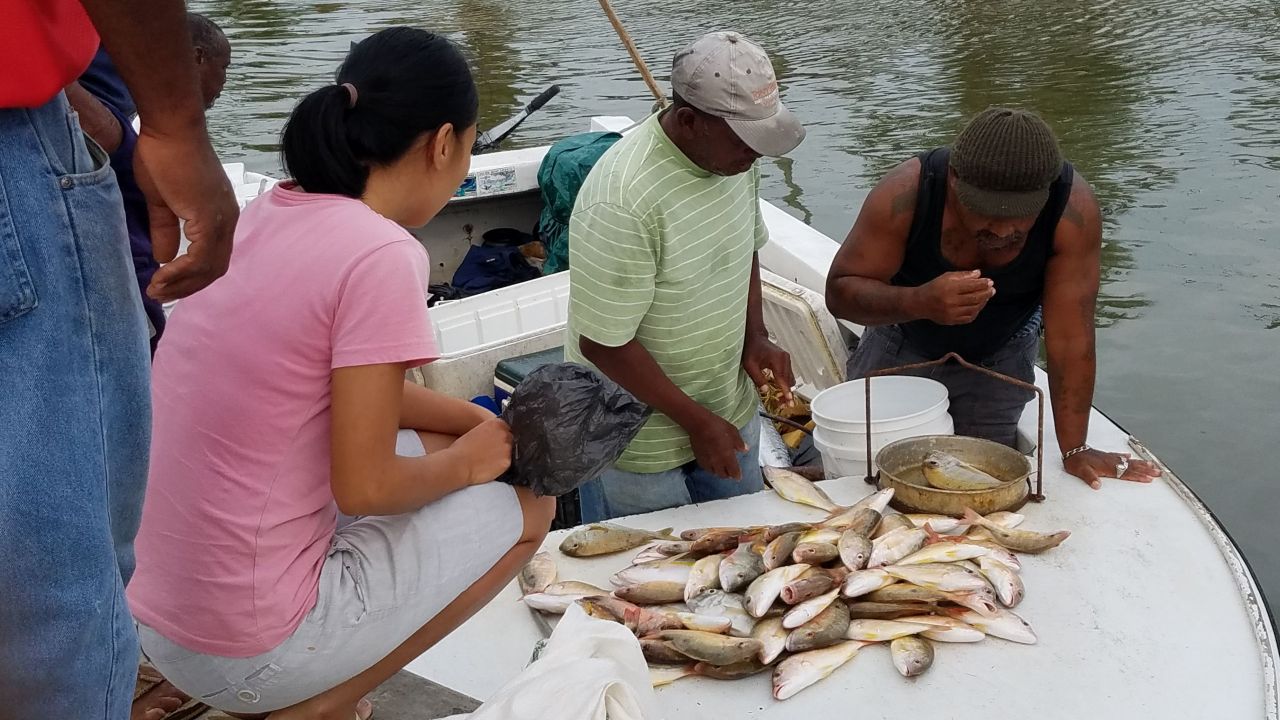 Woman purchasing seafood at a local fish market in Belize City. Photo Credit V. Alamilla/WCS
Woman purchasing seafood at a local fish market in Belize City. Photo Credit V. Alamilla/WCS
April 3, 2023 | Ralna Lewis (Published - pbs.org)
Despite women representing about 50 percent of the global fisheries workforce, their contribution in Belize is not widely recognized. While men dominate commercial fishing in Belize, there is a hidden group of women involved in post-harvest and day-to-day fishing activities within the family setting. To address misconceptions and give recognition to these women, the first Women in Fisheries Forum (WIFF) was held in June 2017. Read More.
2021
In Belize, Women in Conservation Are Making a Difference
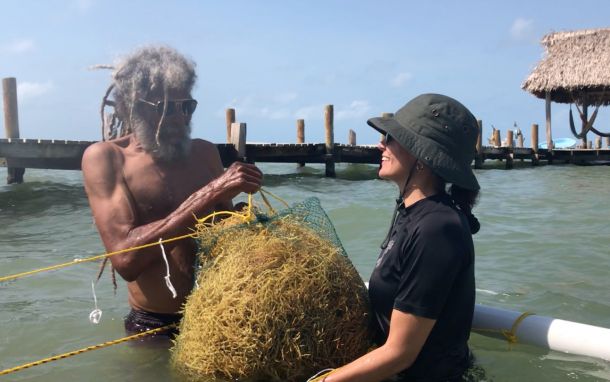 Nicole assisting trainer Lowell “Japs” Godfrey set up livelihoods demonstration of seaweed mariculture for Women in Fisheries Forum, June 2019. Photo credit: Deseree Arzu/WCS Belize.
Nicole assisting trainer Lowell “Japs” Godfrey set up livelihoods demonstration of seaweed mariculture for Women in Fisheries Forum, June 2019. Photo credit: Deseree Arzu/WCS Belize.
March 11, 2021 | Nicole Auil Gomez (Published - pbs.org)
This piece comes to us from the Wildlife Conservation Society (WCS). To honor Women’s History Month, WCS and Nature are bringing you seven stories of women in the fields of nature and conservation. Read More.
2020
Spiny lobster fisheries status across time and a mosaic of spatial management regimes
May - June, 2023 | Alexander Tewfik, Elizabeth A Babcock, Myles Phillips (Published - ICES Journal of Marine Science)
ABSTRACT - In Belize, the commercial harvest of spiny lobsters has occurred for ∼100 years, provides critical livelihoods, and is the primary seafood export. We determined the first empirical estimate of size at maturity in Belize as well as eight fishery status indicators on several fishing grounds. The carapace lengths (CLs) at 50% maturity varied between males (98 mm) and females (86 mm) and are higher than the existing legal minimum of 76 mm. Time series analysis indicated decreasing proportions of mature individuals, decreasing size, and low spawning potential ratios (SPR) as well as high fishing mortality within fishing grounds. The pattern of decline in population status indicators across fishing grounds is consistent with a historical expansion of effort from north to south and offshore. Many indicators of population status within fishing grounds were improved with increasing area of replenishment zone and opposite to the historical expansion. However, overfishing is a problem across all areas examined. An increase in the legal minimum CL to 86 mm and examination of a maximum size limit will likely have significant positive effects on productivity and SPR, respectively, as well as protecting the pivotal role of spiny lobsters within the ecosystem. Read More.
2019
What If You Could No Longer Enjoy Belizean Conch Soup Or Ceviche?
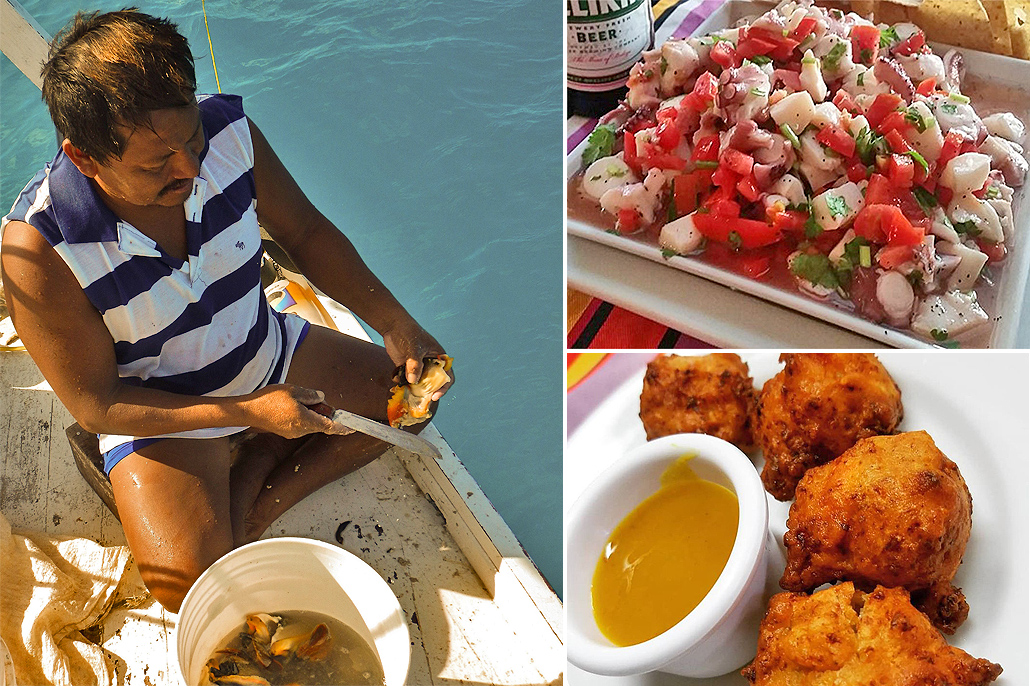
December 18, 2019 | Deseree Arzu (www.ambergristoday.com)
“The conch exploded into a thousand white fragments and ceased to exist” - William Golding
- A Research Article, written by Deseree Arzu - The Queen conch is a well-loved delicacy; an important part of Belizean culture that has been around for generations. So, for many Belizeans, Golding’s quote above is not something they imagine or think about happening, particularly in a small country of 360,000 inhabitants; especially since the symbolism of the quote refers to the destruction of a people’s way of life.
But, we need not look very far to the Caribbean nations of the Bahamas and Jamaica; or our Latin American neighbors in Mexico, to realize that it’s not a far-fetched reality, despite conch fishery in Belize being small-scale. This means that there are only approximately 2,600 registered fishers who use small fishing vessels and boats to catch conch and other seafood. The Bahamas, Jamaica, and Mexico have all, at some point, instituted moratoriums in order to address a serious shortage of what Bahamians refer to as “royalty”, and Mexicans call Caracol Rosado; i.e. the Queen conch. Read More.